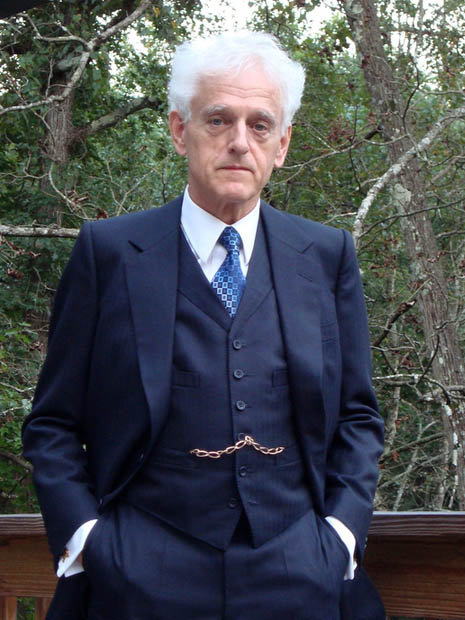Introduction
Morwen Thistlethwaith’s Method was designed to solve the cube in as few moves as possible, at most 52 to be precise. His algorithm works so efficiently because it splits the cube into groups of increasing restrictions.

Thistlethwaith's Groups
Thistlethwaith's Method works by transitioning from one group to another group of increased restriction. With each transition from group to group, the cube is simplified. When the final group is reached, the cube is complete
- G0 = [L, R, F, B, U, D] This includes all possible positions of the cube.
- G1 = [L, R, F, B, U2, D2] Positions that can be reached (from the solved state) with quarter turns of the L, R, F, and B, but double turns of U and D.
- G2 = [L, R, F2, B2, U2, D2] Positions that can be reached with quarter turns of L and R, but double turns of F, B, U, D.
- G3 = [L2, R2, F2, B2, U2, D2] Positions that can be reached with double turns of each side.
- G4 = [1] The solved cube.
More about the Method
To transition from one group to another a certain algorithm based on the position must be used. Since this method is so efficient with its rotations, it has thousands of algorithms to choose from to meet the exact composition of the cube. Thistlethwaite’s Method was originally written on a computer due to the quantity of data. Even though it is impossible for a human to memorize all of these algorithms and different cases, there have been adaptations made to the original method so that it would be "human friendly", while still maintaining the properties of his group theory. This Human Thistlethwaite Method is widely used in professional speed solving competitions due to its efficiency.